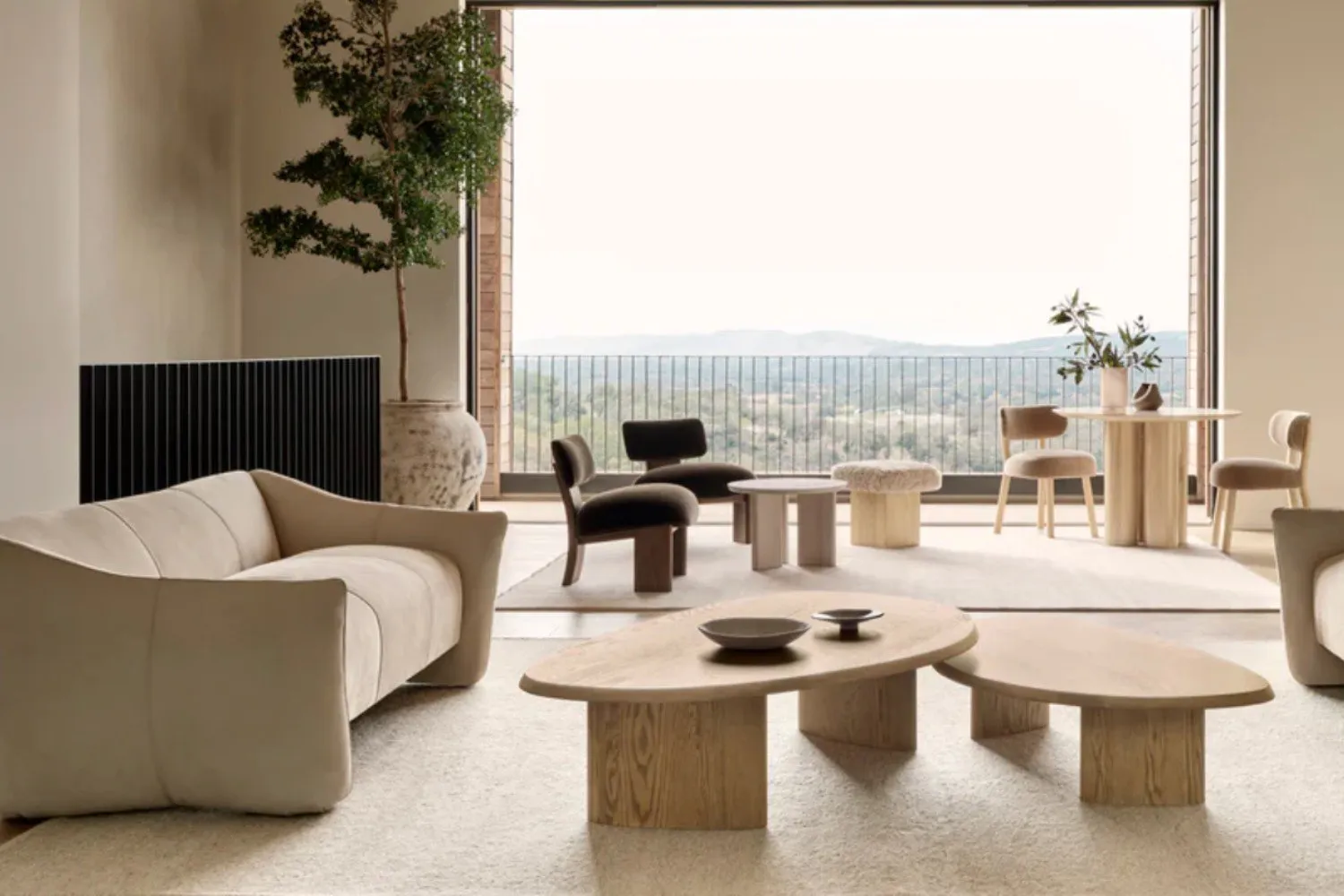This is the ultimate guide to sustainable furniture materials! We must make informed choices when furnishing our homes as we become more aware of our environmental impact. Sustainable furniture reduces our carbon footprint and promotes a healthier planet for future generations. We’ll explore commonly used materials in furniture production and their environmental impact. We’ll also delve into sustainable alternatives that are both stylish and eco-friendly. Plus, we’ll share tips on maintaining and extending the lifespan of your sustainable furniture.
The Importance of Sustainable Furniture
It’s no secret that the furniture industry significantly impacts our environment. From deforestation to excessive energy consumption, traditional furniture production takes a toll on natural resources and contributes to greenhouse gas emissions. That’s why embracing sustainable furniture is more important than ever before. You can reduce your carbon footprint and minimize waste by opting for sustainable materials and practices. Sustainable furniture is crafted using renewable resources like responsibly sourced wood or recycled materials, reducing the need for new resource extraction. This helps conserve forests and protects biodiversity.
Commonly Used Materials in Furniture Production
Various types of materials are frequently used. Each material has its unique characteristics and benefits, but it’s important to consider the environmental impact of these materials as well. One commonly used material in furniture production is wood. Wood is a natural and renewable resource, making it an attractive choice for those seeking sustainable options. However, not all wood is created equal. Looking for furniture made from sustainably sourced wood or certified by organizations like the Forest Stewardship Council (FSC) is essential. Another popular material in furniture production is metal. Metals such as steel and aluminum are durable and strong, making them ideal for structural components of furniture. However, the extraction and processing of metals can have significant environmental impacts, including energy consumption and pollution.
Environmental Impact of Different Materials
Understanding the environmental impact of different materials is crucial. Each material used in furniture production has its own set of pros and cons regarding sustainability. Wood is a popular choice for furniture, but not all wood is created equal. Some types of wood, such as teak or reclaimed wood, are harvested sustainably and have a lower environmental impact. However, other woods may contribute to deforestation or come from illegal logging practices. Plastic is another common material used in furniture production. While plastic can be durable and easy to clean, it has a significant negative impact on the environment. Plastic releases harmful toxins during production and takes hundreds of years to decompose once discarded.
Sustainable Alternatives to Traditional Materials
Choosing stylish and sustainable furniture and alternative materials can make a difference. Instead of relying on traditional materials that may have a negative environmental impact, consider exploring these eco-friendly alternatives.
- Bamboo: This fast-growing grass is sturdy and incredibly versatile. It can be used in various forms, such as solid bamboo or engineered bamboo boards, making it an excellent substitute for wood.
- Recycled Plastic: By giving new life to plastic waste through recycling, we can prevent it from ending up in landfills or polluting our oceans. Recycled plastic furniture offers durability and resistance to the elements while reducing our reliance on virgin plastics.
- Cork: Harvested from the bark of cork oak trees without harming them, cork is an environmentally friendly material suitable for flooring and upholstery. It’s naturally fire-resistant, hypoallergenic, and has excellent insulation properties.
- Reclaimed Wood: Salvaging wood from old structures like barns or factories helps reduce deforestation while adding character to your furniture pieces. Each piece tells its own story with unique markings and imperfections.
- Hemp Fiber: Known for its strength and durability, hemp fiber makes an ideal alternative to cotton or synthetic fabrics commonly used in upholstery cushions or mattresses.
Tips for Maintaining and Extending the Lifespan of Sustainable Furniture
- Regular Cleaning: Keeping your sustainable furniture clean is essential for longevity. Dusting regularly with a soft cloth or vacuuming with a brush attachment can help remove dirt and debris that can cause wear and tear over time.
- Avoid Harsh Chemicals: Opt for eco-friendly cleaning products free from harsh chemicals when cleaning your furniture. These substances can not only harm the environment but also damage the finishes and materials of your furniture.
- Protect from Sunlight: Direct sunlight can fade and deteriorate certain materials used in sustainable furniture production, such as wood or fabrics. Consider using curtains or blinds to protect your furniture from prolonged exposure to sunlight.
- Use Coasters and Mats: To prevent water stains, scratches, or heat damage on surfaces, always use coasters under glasses and mats under hot dishes or pans when placing them on tables or countertops.
- Rotate Cushions and Pillows: Regularly rotating cushions and pillows help distribute weight evenly, preventing excessive wear in specific areas of seating surfaces.
How can I choose sustainable furniture?
Choosing sustainable furniture is good for the environment and allows you to create a healthier and more eco-friendly living space. By considering the materials used, understanding their environmental impact, exploring sustainable alternatives, and taking steps to maintain and extend the lifespan of your furniture, you can make informed choices that align with your values. When shopping for furniture, look for certifications such as Forest Stewardship Council (FSC) or Rainforest Alliance Certified to ensure that wood products come from responsibly managed forests. Opt for materials like bamboo or reclaimed wood, which have a lower environmental footprint than traditional hardwoods.





